What day do I need to vote on?
Election day is on Saturday, May 21, 2022.
Subscribe now for unlimited access.
or signup to continue reading
What is this election?
A federal election, which is held every three years so Australians can choose members of parliament to represent their views and interests in the House of Representatives and the Senate.
Who has to vote?
All Australian citizens aged 18 years and over are required to enrol and vote in federal elections.
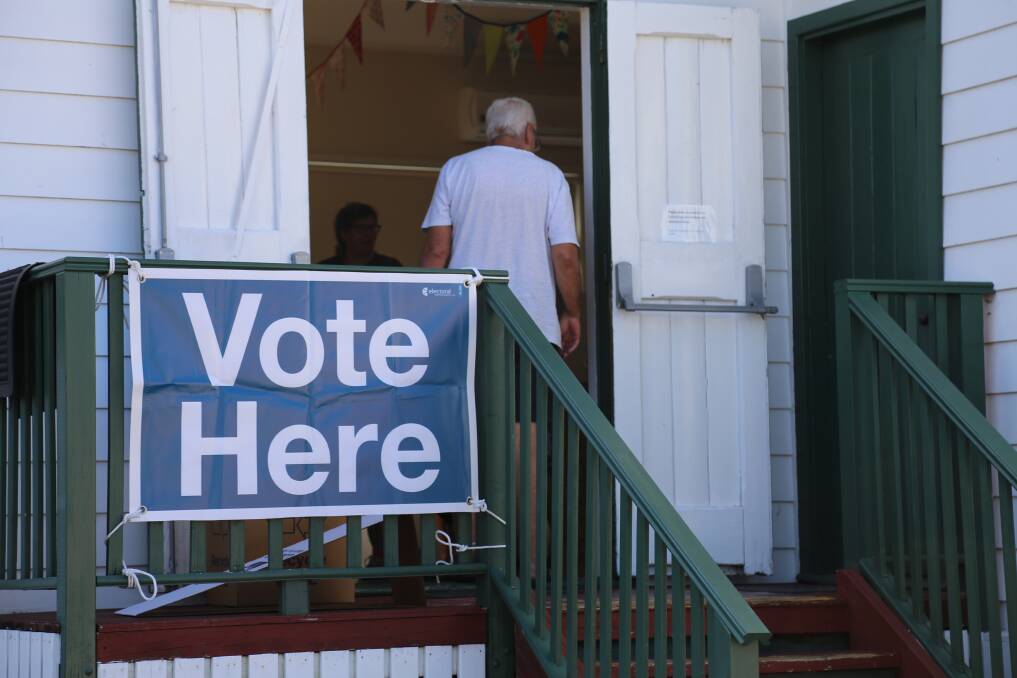
What do I need to know about voting in Lyne?
Residents who live in the MidCoast Local Government Area are part of the federal division of Lyne.
The electorate covers an area of 16,099 square kilometres. It extends from Ballengarra in the north to Paterson, Karuah and the western suburbs of Port Stephens in the south and inland to the western boundaries of the local government areas MidCoast, Port Macquarie-Hastings, Dungog and part of Maitland.
The electorate is currently represented by Dr David Gillespie (The Nationals).
RELATED: Ballot draw for Lyne
The House of Representatives candidates for the division of Lyne in order of how they will appear on the ballot are:
- Joanne Pearce - Independent
- Joel Putland - United Australia Party
- David Gillespie - National Party of Australia - NSW
- Alex Simpson - Australian Labor Party (NSW Branch)
- Steve Attkins - Independent
- Mark Hornshaw - Liberal Democratic Party
- Josephine Cashman - Pauline Hanson's One Nation
- Karl Attenborough - The Greens NSW
For more information on Lyne's candidates go to aec.gov.au/election/candidates.
RELATED - Lyne candidates
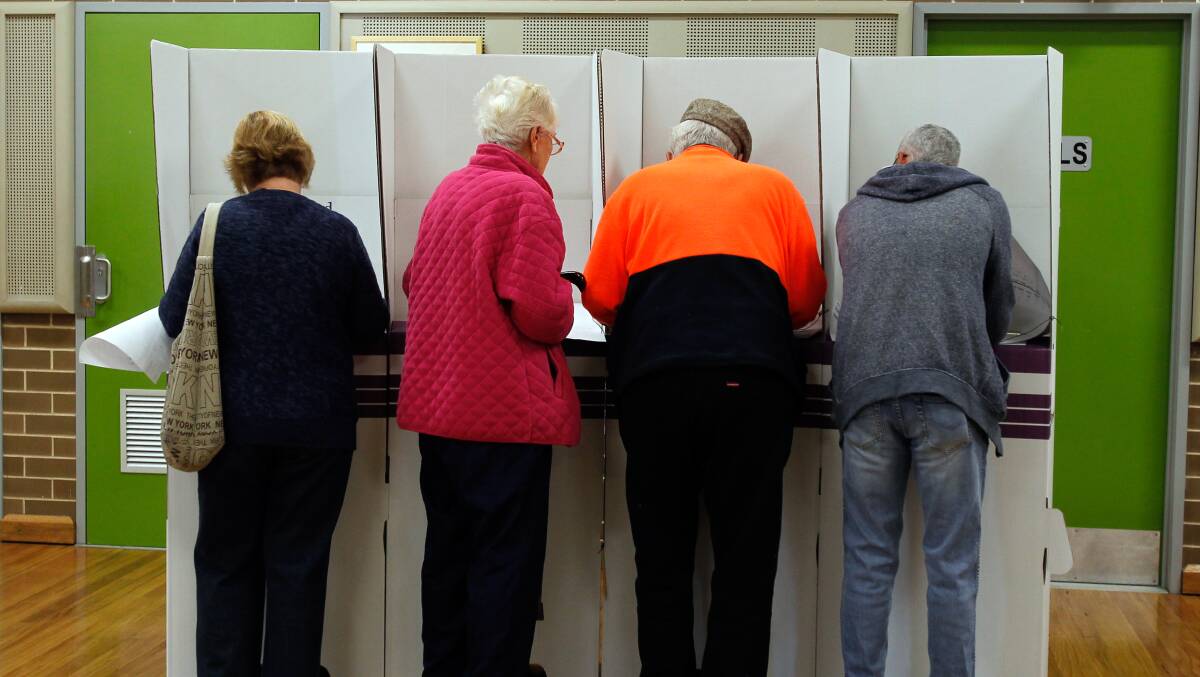
Where do I vote on May 21?
You can vote at any polling place in your state or territory on election day. Polling places are open from 8am to 6pm.
Polling places are usually located at local schools, churches and community halls, or public buildings. To find a polling place go to aec.gov.au/where.
If you have a mobility restriction or disability, or care for someone who does, you can check the accessibility details of polling places at aec.gov.au/where. For blind or low vision voting options, visit aec.gov.au/assistance or call 13 23 26.
What if I'm in another state or territory on election day?
If are not in the State in which you live on election day you can vote at a designated interstate voting centre or consider voting early.
What if I can't make it to a polling place on election day?
If you can't make it to a polling place in NSW on election day, you may be eligible to vote early in person or by post.
How to vote early in person
If you are eligible, you can vote before election day. Early voting centres open from Monday, May 9, 2022.
Early voting centres are located at the Uniting Church Hall in Albert Street, Taree; council building in Breese Parade, Forster; Camden Haven Scout Hall at Laurieton.
There is no early voting centre in Gloucester or Dungog. The closest centres are at Raymond Terrace Community Church (10 Richardson Road), the Living Hope Maitland Church of Christ (corner Garnett Road and Mitchell Drive, East Maitland) and Maitland City Salvos (1A Bunning Avenue, Rutherford).
Opening dates and times of the early voting centres vary. Visit aec.gov.au/where to check the details for each centre. For more information on early voting and to check if you're eligible to vote early visit aec.gov.au/early or call 13 23 26.
How to vote early by post
Postal voting is available to eligible voters. Check your eligibility and apply online at aec.gov.au/pva. Complete your application for a postal vote so it reaches the AEC by no later than 6pm on Wednesday, May 18, 2022. Phone 13 23 26 if you don't have online access and want to apply for a postal vote.
What if I get COVID and can't vote on May 21?
Legislation was passed in early 2022 to allow for COVID-affected voters to cast a telephone vote. Telephone voting for people with COVID-19 will be an emergency measure for the final three voting days only (May 19, 20 and 21). Voters with COVID will register and be issued with a unique code they use to cast their vote. They can then call the AEC, use the code to identify themselves and tell the official how they wish to vote.
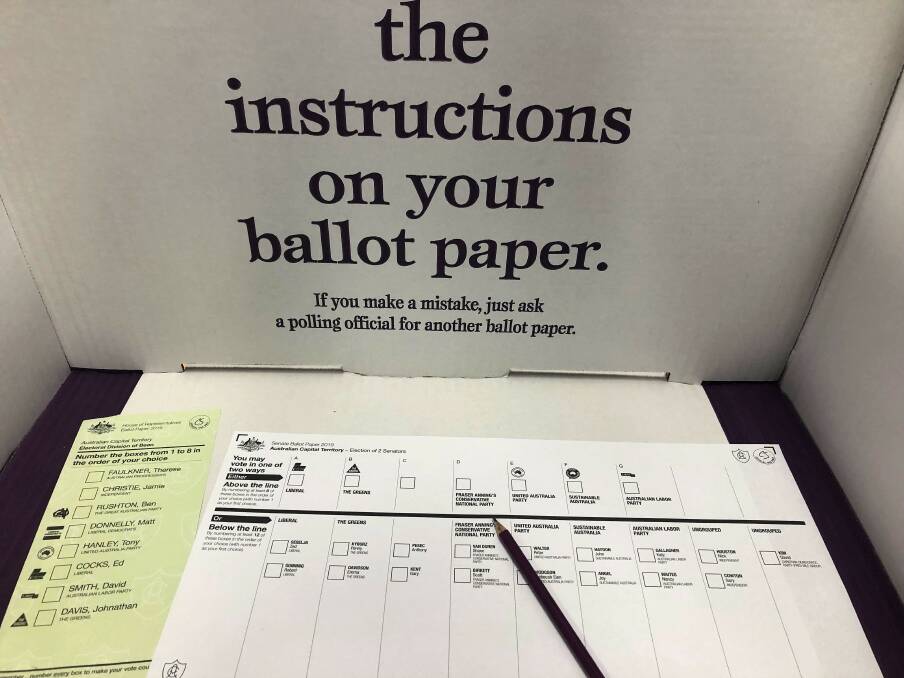
I'm at the polling place, now what?
When you enter the polling place you will need to first speak with a voting official and have your name checked off the electoral roll. Voting officials are easy to spot on election day.
The voting official will ask you for your full name and address, and if you've already voted before in the federal election.
You will be given your two ballot papers.
At the voting booth, carefully read the instructions on your ballot papers or ask a voting official for help.
Complete your ballot papers.
Fold your ballot papers and place them in the ballot boxes. There will be two clearly labelled boxes at the exit of the polling booth, one for the House of Representatives ballot paper and another for the Senate ballot paper. If you are unsure about which box to place your ballot paper, there will be election staff available to ask.
Finally, and perhaps most importantly, once you've cast your ballot take part in the great Aussie election tradition of grabbing a sausage sanga on your way out of the voting centre (if there's a barbecue fired up). Most schools that are open for voting on election day will have a barbecue running, the canteen open or a cake stall running, with funds raised supporting that school's P&C or community groups.
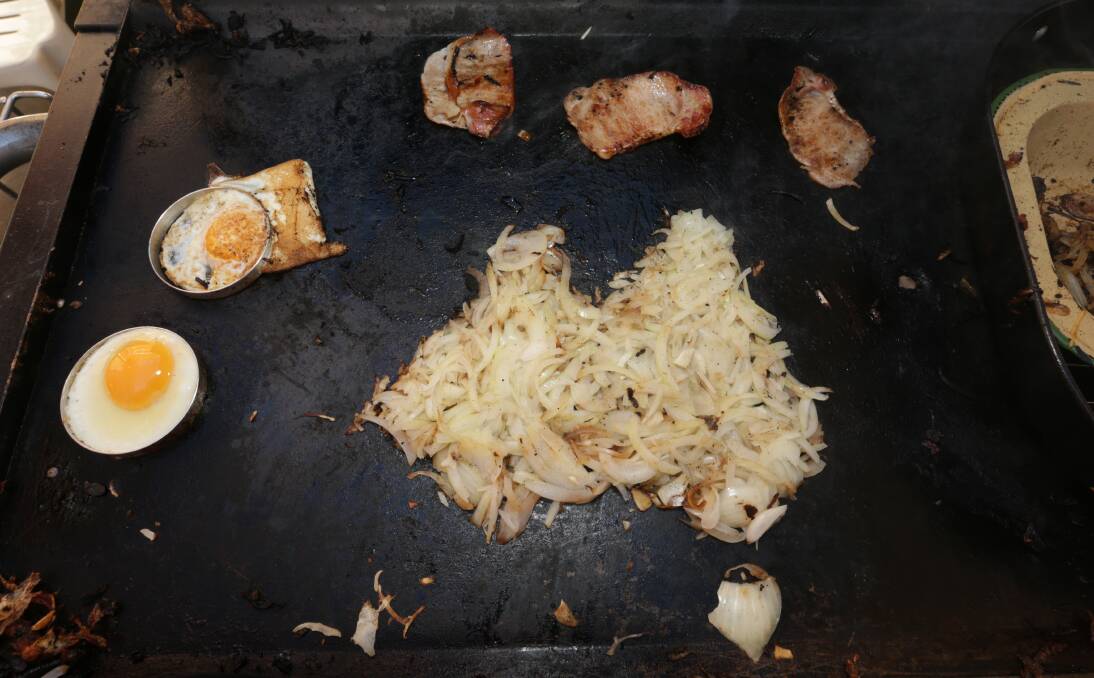
COVID-19 safety measures at polling places
There may be a limit to the number of voters inside a polling place at any one time.
You may be asked to queue outside.
Keep 1.5 metres from others outside and inside. In the polling place, follow the floor markers as a guide.
Comply with the mask requirements in your area.
Use the hand sanitiser provided.
Voting booths and pencils will be regularly cleaned.
Bring your own pen or pencil if you prefer, but don't leave it behind.
Who do I vote for?
Who you vote for is your decision. Outside a polling place, candidate representatives may offer to give you how to vote cards, suggesting you vote in a particular way. You do not have to accept or follow how to vote cards.
How do I make my vote count?
At the polling booth you will be given two ballot papers - a small green one for the House of Representatives and a large white one for the Senate.
On the green ballot paper, you are voting for a representative of your local area or electorate in the House of Representatives. On this paper, the voter must number every box in order of their choice of candidate.
On the white ballot paper, you are voting for representatives from NSW in the Senate. With this paper, there are two ways to vote: above the line or below the line.
If you choose to vote above the line, you need to number at least six boxes in order of your preference of party or group. Putting a number one in the box next to the party or group that is your first choice, a number two next to your second choice and so on.
If you vote below the line, you need to number at least 12 boxes. While similar to voting above the line, when voting below the line you place a number next to the box of the individual candidates. Vote number one for your top preferred candidate, a number two next to your second choice and so on until you reach 12. You can continue to place number in order of your choice in as many boxes below the line as you would like.
For more information on voting go to aec.gov.au/Voting/How_to_Vote.
You can also read the AEC's official guide to the 2022 federal election.
What if I mess up on my ballot paper?
Don't worry. If you make a mistake, simply ask for another ballot paper and start again.
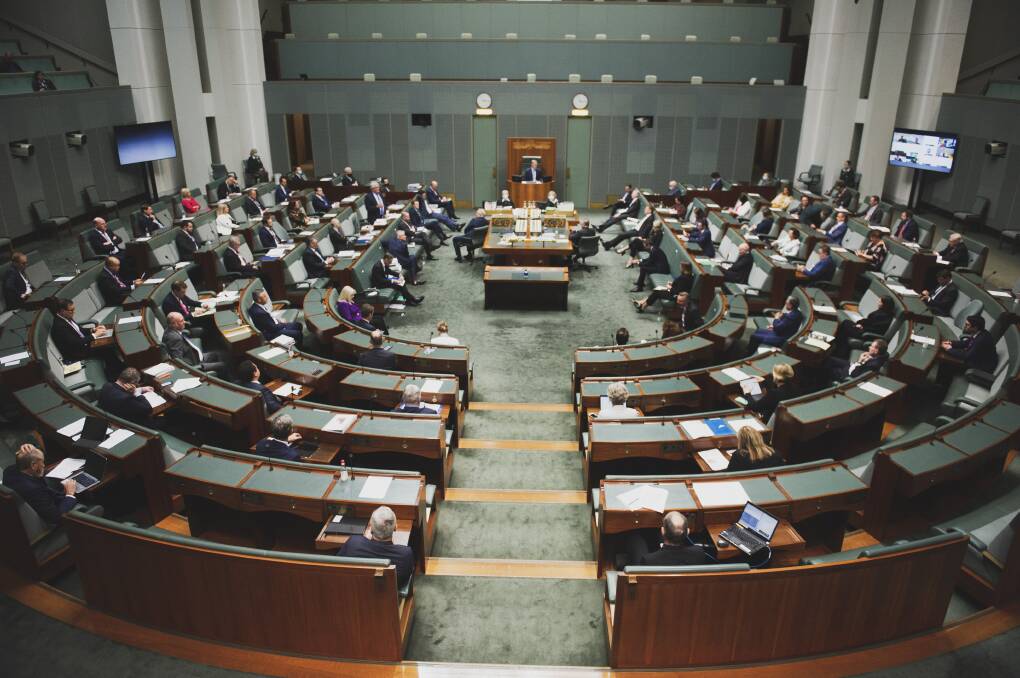
What's the difference between the House of Reps and the Senate?
House of Representatives
Australia is divided into areas called electoral divisions. Voters in each electoral division cast a vote to elect one person (a Member of Parliament or MP for short) to represent them in the House of Representatives, known as the lower house.
In the House:
- Members represent the views of Australians and discuss matters of national and international importance.
- National laws are made and changed by debating and voting on bills (proposed laws). A bill must be agreed to in identical form in the House and the Senate, and given Royal Assent by the Governor-General. It then becomes a law.
- The work of the government is closely scrutinised , especially in Question Time and through committees.
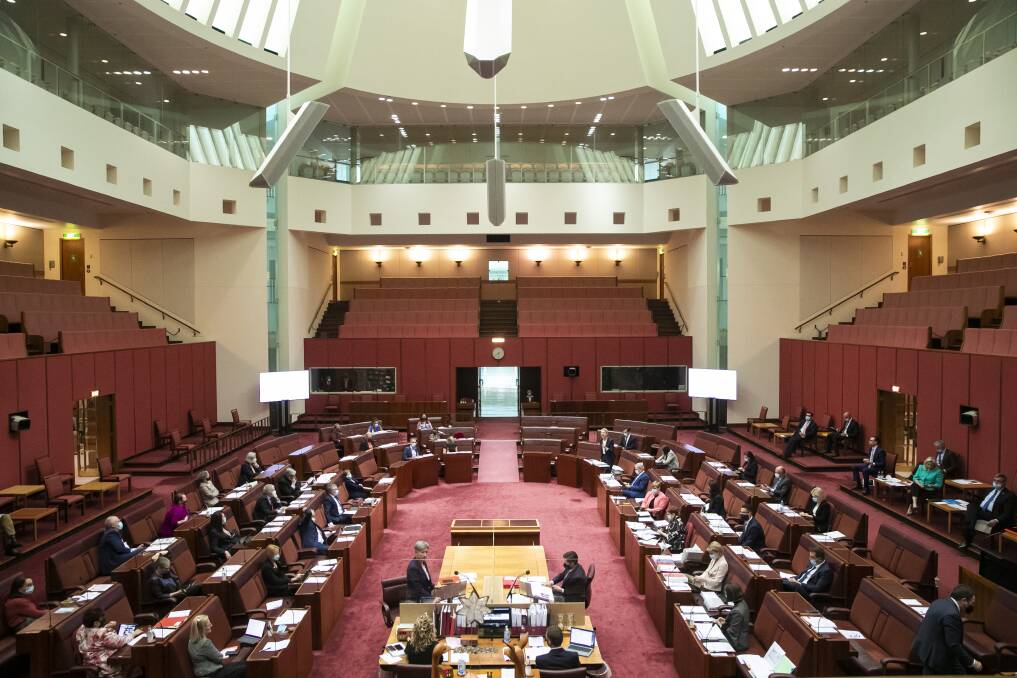
The Senate
Voters in each state and territory elect Senators to represent them in the Senate, known as the upper house. Each state or territory votes for the Senate as one electorate. In NSW, all voters will be voting for the same NSW Senate candidates.
Twelve Senators are chosen for each State and two Senators are elected for the Australian Capital Territory and the Northern Territory.
The functions of the Senate are to represent the states equally and to review the proposals and decisions of the House of Representatives and the executive government.
The Australian Constitution provides the Senate with virtually the same power to legislate as the House of Representatives. The Senate has also developed a vigorous committee system, which scrutinises legislation and the decision-making processes of the government.
For a list of NSW's Senate candidates go to aec.gov.au/election/candidates.

